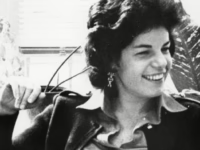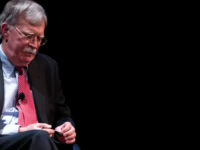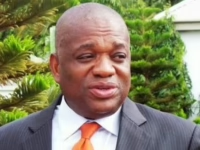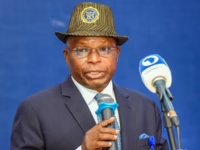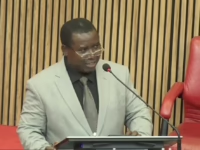Susan Stamberg at the ceremony where she received a star on The Hollywood Walk of Fame in Los Angeles on March 3, 2020.
MICHAEL TRAN/AFP via Getty Images
MICHAEL TRAN/AFP via Getty Images
Susan Stamberg, a pioneering figure at National Public Radio and the first woman in the United States to anchor a nightly national news broadcast, passed away at 87 years old on Thursday.
Her influence on NPR’s voice and culture was profound. Colleagues remember her as a trailblazer, a mentor, and a candid presence who remained authentic throughout her career.
She leaves behind her son, actor Josh Stamberg, along with granddaughters Vivian and Lena.
Scott Simon, a fellow NPR host, described Stamberg as the first broadcaster to bring genuine warmth and humanity to evening news, famously knitting during her broadcasts on All Things Considered.
Throughout her decades-long career, Stamberg’s reporting covered a vast spectrum-from political affairs to the intricate nuances of artistic expression. Her contributions earned her accolades including induction into the National Radio Hall of Fame and a star on the Hollywood Walk of Fame. She retired in September.
When NPR first hired Stamberg over fifty years ago, her role was far from glamorous; she was tasked with editing audio tape using a razor blade, a painstaking process in the pre-digital era.
At that time, women in broadcast journalism were often marginalized, frequently overlooked by major networks and radio stations alike.
In the early days, Stamberg and fellow NPR pioneer Linda Wertheimer advocated for their own workspace, eventually sharing a small office cluttered with photocopiers.
Wertheimer recalled their differing interests: “I was fascinated by politics and wanted to cover it extensively, but Susan found it dull and couldn’t understand why anyone would be drawn to it.”
Instead, Stamberg pursued unique stories, such as interviewing jazz legend Dave Brubeck in her own living room, where a faded musical score rested atop her piano for him to play.
She also once contacted the dentist of then-presidential hopeful Jimmy Carter to uncover the story behind his famously prominent smile.
One of her signature traditions was sharing her mother-in-law’s cranberry sauce recipe-referred to as cranberry relish-with millions of listeners annually, even playfully challenging guests like White House chefs, a former Gourmet editor, and rapper Coolio to try it.
A Fortuitous Start in Weather Reporting
Born Susan Levitt in Newark, New Jersey, in September 1938, she grew up on Manhattan’s Upper West Side as an only child and was the first in her family to attend college, earning an English literature degree from Barnard College.
She met her husband, Louis Stamberg, while working in Cambridge, Massachusetts. After marrying, they settled in Washington, D.C., where Louis pursued a career with the U.S. Agency for International Development.
Susan began her radio career at WAMU, the local public radio station, stepping in as the weather reporter when the regular announcer was unavailable.
Reflecting on those early broadcasts in a 2011 interview, she described the process: “You’d call a phone number, get the weather report, and write it down. There were no meteorologists, no computers, and the studio had no windows.”
On her first live weather report, she forgot to make the call and instead announced it was 98 degrees outside-despite it being February.
“We probably had two listeners, and neither called to correct me,” she said. “But it taught me two vital lessons: always prepare before going on air, and never mislead your audience, even if no one is listening.”
To enliven her weather segments, Stamberg began incorporating weather-themed poetry, drawing on her literary background.
When Louis was assigned to India for two years, Susan worked for the American ambassador’s wife and contributed stories to Voice of America, the U.S. government’s international broadcaster.
Embracing Authenticity in Broadcasting
After joining NPR, Stamberg quickly advanced from producer to anchor of All Things Considered in 1972. She noted that early NPR journalists were navigating uncharted territory, especially women.
“There were no female role models, only men with deep voices who were seen as authoritative,” she said. “I lowered my voice-dropping it nearly two octaves-and spoke in a way I thought was expected.”
Bill Siemering, NPR’s first program director, took a chance by putting her on air and encouraged her with two simple words: “Be yourself.” He wanted NPR voices to sound like everyday people you’d hear at home or in the grocery store.
Jack Mitchell, the original producer of All Things Considered, recalled that Stamberg faced challenges beyond gender bias, including prejudice related to her Jewish heritage and distinct New York accent, which some NPR board members from the Midwest found off-putting.
Despite complaints, NPR leadership supported her presence on air, recognizing her unique contribution.
The Curious Case of Wint-O-Green LifeSavers
While other NPR founding women like Linda Wertheimer, Nina Totenberg, and Cokie Roberts focused on political reporting, Stamberg carved out a niche in cultural journalism, staying true to the spirit of All Things Considered.
In 1979, she teamed up with NPR science correspondent Ira Flatow to investigate a quirky question: what happens when you chew Wint-O-Green LifeSavers in the dark?
Flatow joked, “Let’s go into the closet and find out.” Stamberg agreed, and from the darkened space, they discovered a brief flash of green light caused by the candy’s chemical reaction-a segment that became legendary within NPR.
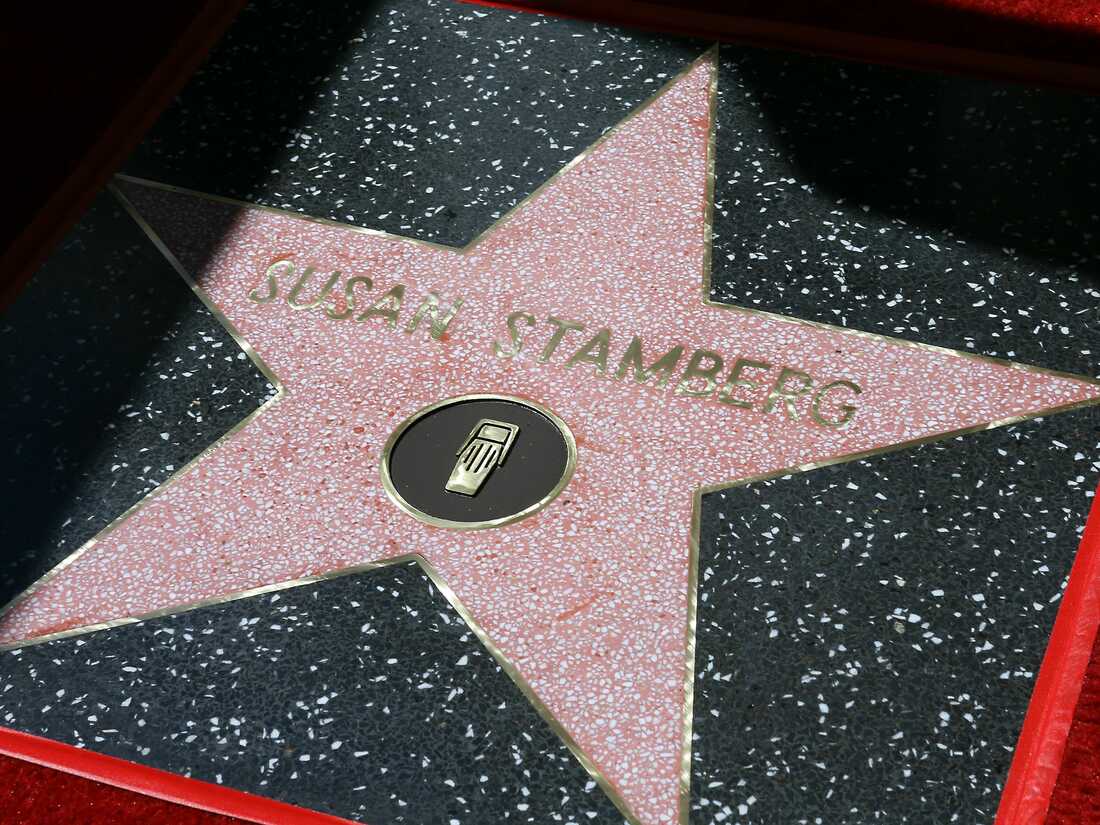
Susan Stamberg receiving a star on The Hollywood Walk of Fame in Los Angeles on March 3, 2020.
MICHAEL TRAN/AFP via Getty Images
MICHAEL TRAN/AFP via Getty Images
After 14 years anchoring All Things Considered, Stamberg transitioned to hosting Weekend Edition Sunday, which allowed her to continue exploring the diverse topics she loved as NPR matured into a more formal news outlet.
In 1987, she introduced a beloved feature: the Sunday puzzle. NPR Puzzle Master Will Shortz later explained that Stamberg envisioned the program as the radio counterpart to a Sunday newspaper, complete with news, culture, sports, and, importantly, puzzles.
That same year, she gave early national exposure to brothers Ray and Tom Magliozzi, mechanics who hosted a car segment on Boston’s WBUR. Their popularity led to the creation of NPR’s iconic show Car Talk, a program Stamberg was instrumental in launching.
Exploring Culture with Depth and Respect
Stamberg viewed cultural journalism not as mere entertainment but as a vital lens through which listeners understood the world. She approached her interviews with seriousness and curiosity.
In 1988, when director Elia Kazan appeared to promote his memoir, Stamberg confronted the controversial topic of his testimony before the House Un-American Activities Committee, where he named alleged Communists in Hollywood-a subject that had long sparked debate and resentment.
Kazan expressed frustration that the HUAC section dominated interviews, but Stamberg pressed on, determined to address the issue head-on despite conducting the interview remotely between New York and Washington.
Reflecting later, she wondered if she could have maintained such persistence in a face-to-face setting, suspecting she might not have.
After a few years, Stamberg stepped down from the weekend host role to become a special correspondent, focusing on rich, sound-driven stories about culture.
Following her husband’s passing in 2007, she spent more time at NPR West in California, where her son Josh was building his acting career.
Each Oscar season, Stamberg highlighted the unsung contributors to Hollywood. In March 2015, she profiled “loopers,” voice actors who add background sounds to films and TV shows after filming is complete.
“What about being unseen?” she asked looper David Randolph. “You’re neither seen nor really heard-just background murmurs.”
Randolph replied, “We believe our work is crucial. It’s a collaborative effort with many layers.”
Susan Stamberg’s legacy is multifaceted: a fearless truth-teller, a master storyteller, and a defining voice of NPR. Her recorded voice still greets visitors at NPR’s Washington headquarters, announcing elevator floors-a lasting tribute to her enduring presence.







